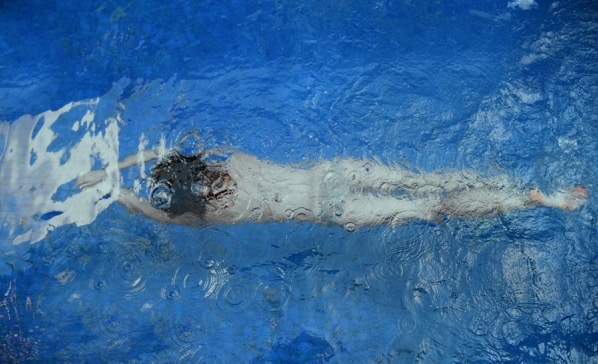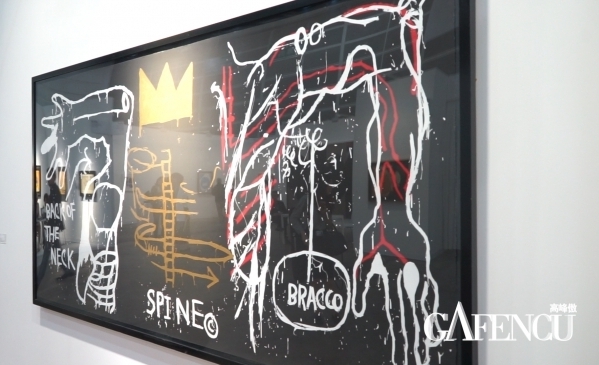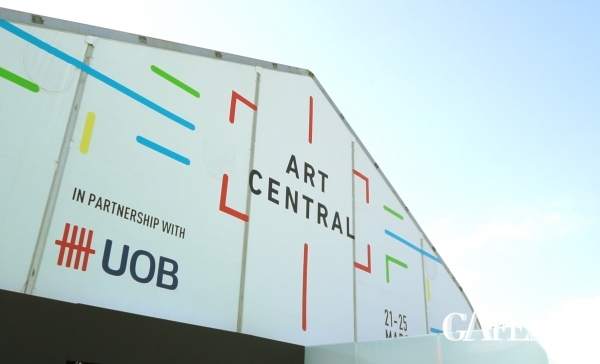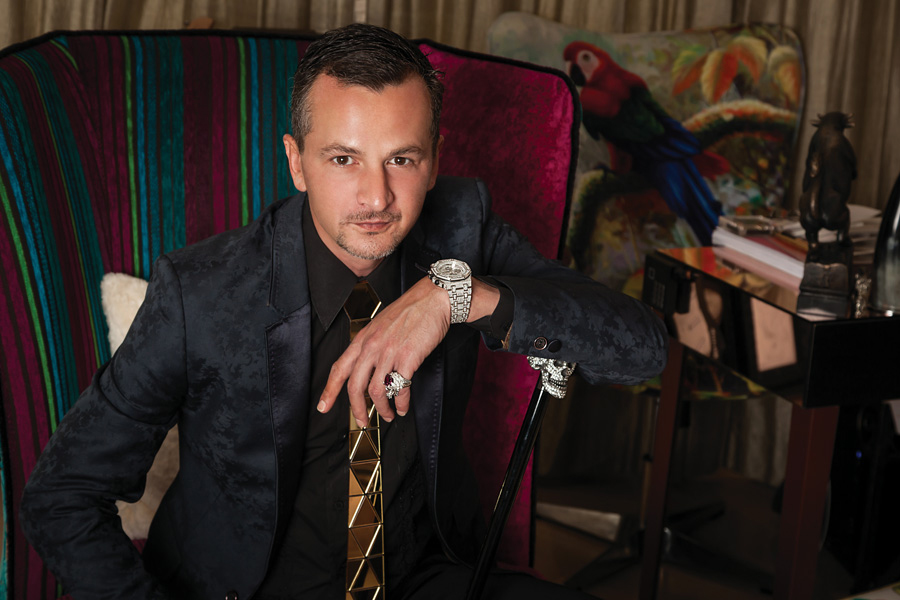
Andre Morkel is chairman and CEO of Morkel & Sons Fine Jewellery and Consultants. He is also a founding partner and chairman of ADAMAS Fine Jewellers’ Joint Chiefs of Staff.
Did you grow up in Hong Kong?
Yes, I’m a fourth-generation Hong Konger. So that makes my kids the fifth generation. I have an elder son who is 15 and a younger son who is turning five. From the get-go, my great-grandfather was involved in stockbroking in Hong Kong. He was chairman of the stock exchange, and the majority of my family worked in broking. A lot of them were lawyers in the finance industry and worked in hedge funds. I wanted to do something different and branch out, which I guess makes me the black sheep.

How did you break into the jewellery industry?
I went to a luncheon about 10 years ago with a very good friend, and it was there that I met the owner and chairman of Ryder Diamonds, Sally Ryder. The minute I met her we just clicked and she said, ‘Why don’t you come in?’ and I thought, ‘Why not? It looks interesting,’ so I dropped everything to take up gemstone training. From my first day, she threw me into the deep end. I had knowledge of gems and diamonds but not like this. She gave me all these stones and said, ‘Sort them.’ I said, ‘Sort what? There are hundreds of stones here. What do you want me to do?’ I eventually caught on, and the training was phenomenal. I began to understand how the guys in the workshop twisted the gold, how they did the moulding and how long it took. I used to – and still do – come back with cuts and bruises and burns.
Ever since we started ADAMAS, my partner and I have received a lot of enquiries for jobs because people think it’s a luxurious industry. But it’s also hugely hard work. Now, it’s getting harder and harder to convince clients to buy because the market is so saturated, and the majority of our clients are uber high-end and high net-worth, so they already have so much stock and don’t need anymore. We hit a roadblock with that last year, but we took a different marketing approach and the interest started sparking again.
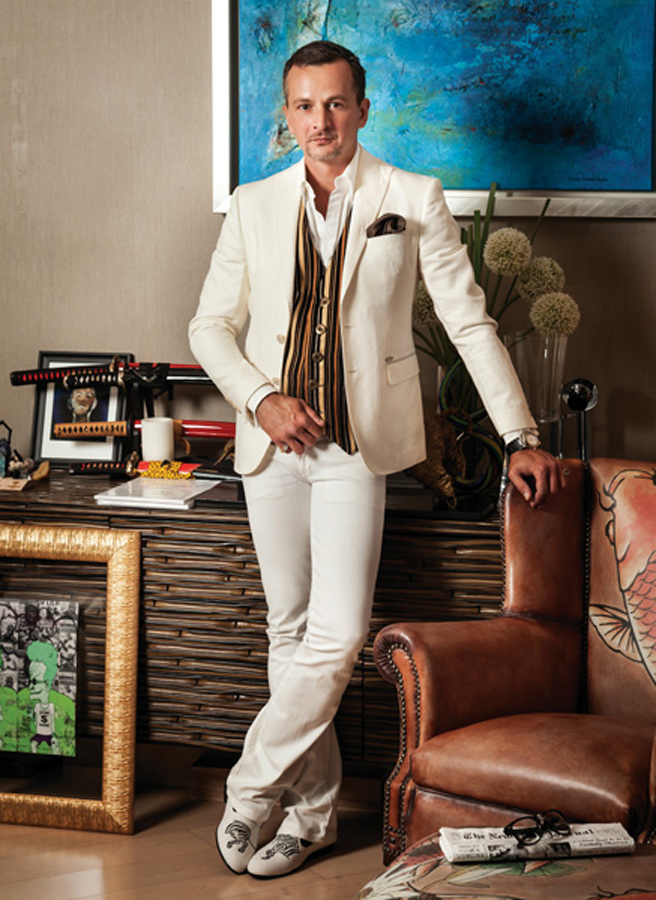 “This ring was designed for our younger son – it’s dubbed the Avrae Dragon Ring, which means eternal fire”
“This ring was designed for our younger son – it’s dubbed the Avrae Dragon Ring, which means eternal fire”
Have you been hit by the recent downturn in the jewellery market?
It has been difficult at times. Last year, people were calling it the ‘death market.’ I don’t agree with that, but it was tough, absolutely. Every industry took a hit, not just the jewellery industry. In my mind, though, we just had to find a loophole. There’s always a way to manoeuver back into a market that’s in a slump to recapture some of your clients. There’s always cash somewhere.
I listen to (life success coach) Tony Robbins a lot – he’s one of my biggest mentors – and one thing he says is, ‘If you want to take the island, then burn the boat.’ And that’s what we did. We don’t compete against the ‘big guys’ – the large jewellery brands – but we find ways of supplying clients with products that are more attainable to their budget. A lot of people want that 5-carat gemstone and they’re adamant it must be Cartier branded, but we can supply something of equal calibre at a fraction of the cost. We started small but gradually grew over time to what we are now, and we’re doing considerably well given the current market. We have a small following of private clients, which is growing nicely.
What sets ADAMAS apart from other jewellers?
My passion is the stones themselves, the designs. A lot of retailers have nice stones, but the salesmen don’t understand what they’re selling half the time. I have suppliers globally, and I have a very good supplier based in Hamburg who flies to South Africa and sources stones from mines around the country. He sends me the most unique paraibas and the rarest tanzanites. That’s one of our selling points because I can send those rare stones to high net-worth clients – and not just the ladies, but also the guys. A lot of the guys want ruby and sapphire rings. They want Sri Lankan blues, Burmese blues and Muzo emeralds. The Muzo mines (in Colombia) are drying up now, so people are after Muzo emeralds.
 “For my morning meditation, I have what I call my Bruce Willis Die Hard breakfast of cigarettes and two coffees”
“For my morning meditation, I have what I call my Bruce Willis Die Hard breakfast of cigarettes and two coffees”
The design is also key. I recently designed a piece for a high net-worth client using a rare paraibas that you will never find again. I designed it and we crafted it, which takes up to two months. It’s a one-off ring that’s never going to clash. That is crucial in Hong Kong, where ‘tai tai syndrome’ is a real concern. If you’re sitting at a big banquet and, God forbid, three tai tais are wearing the same ring, there’s going to be a big fight. So we ensure that we never make more than one. Everything is bespoke and customised to the client.
The problem with a lot of clients is they can’t visualise what a loose stone would look like as a piece of jewellery. If I give a client a loose ruby, she cannot visualise how it would look, and I can immediately see in my head what the jewellery should look like by the way she’s dressed, the way she looks, her smile or non-smile, whatever it may be. They say you can judge someone within 10 seconds of meeting them – I can look at a stone and straight away say that it needs to be set in rose gold, for example.
You’ve said that you don’t want a customer, you want a client. Can you elaborate on that?
A customer is someone who comes once. Whether they spend $2,000 or $5 million, I don’t care. I want them to be happy, and I want that phone call from them later on. A lot of businesses will ask, “How are the kids?” and they’ll call to wish you a happy birthday, and then – bam! – they suddenly ask if you want another ring. It’s typical, and you know it’s phony. With a client, there has to be sincerity and honesty, and that’s what we do. A lot of our clients know that my family has been through hell, so there are no false happy birthdays because they know I don’t have time for that. If I say it, I mean it.
What’s one of your favourite pieces of jewellery that you’ve designed?
This ring was designed for our younger son – It’s dubbed the Avrae Dragon Ring, which means eternal fire. It’s a tribute to his battle with cancer because he was born in the year of the dragon. I own lots of dragon-related items – my shoes, my belt, my keyring, my watch. The stone featured is a rubellite, which is said to bring good health and prosperity.
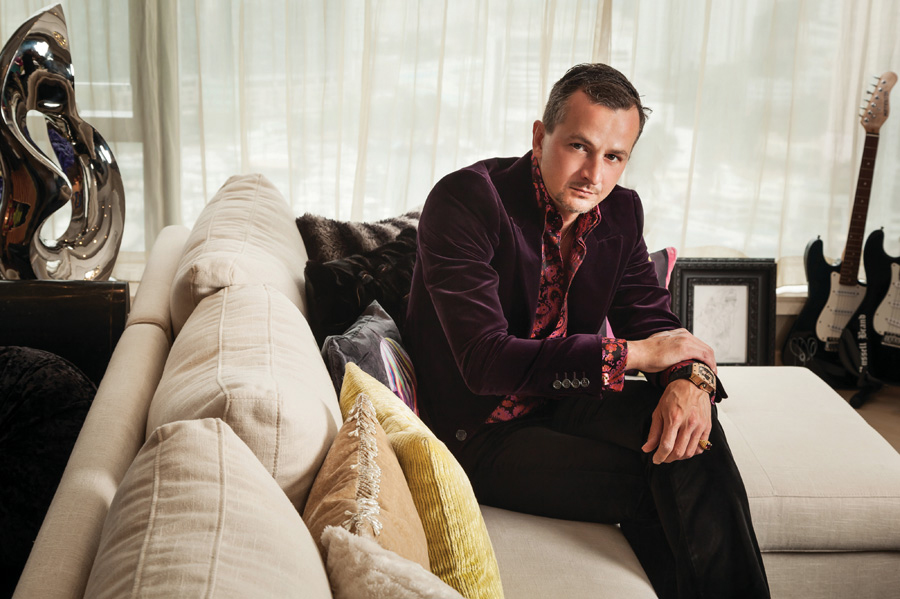
You’ve recently gotten more involved in raising awareness about cancer. How has your son’s diagnosis changed your life?
He’s doing chemotherapy, which certainly takes a toll. He started on 4 November last year, and his treatment was extended until November 2018. It’s pretty draining, especially because he is so energetic. He doesn’t take many breaks, which means no one in our house gets a break. We also have to be extra cautious when we go out because his immune system is shot, and he can easily pick up a virus.
At one point, I shaved my head to support him. We want to create more awareness about cancer because that conversation is lacking in Hong Kong. My wife joined a support network, but it’s based in the US. Why don’t we have one here? It’s a tough and stressful experience, and that’s why we want to set up a support network to help parents who are going through this so that they have something to fall back on.
When you have free time, what do you do to unwind?
I like to build RC (remote control) racing cars, which have now overloaded my son’s room. Fish are another fascination of mine. I have a big carp collection, and I find them very relaxing to watch. I have 12 now, so I’ll have to build a proper pond to accommodate them in the summer. We also have piranhas, which is a little bit crazy.
Music is another big release for me. For my morning meditation, I go upstairs and have what I call my Bruce Willis Die Hard breakfast of cigarettes and two coffees, and I listen to music and try to relax for 10 minutes before I start the day.
I also collect a lot of memorabilia, which drives my wife insane. I have a samurai sword, a sabre tooth skull and Sylvester Stallone’s boxing boot from Rocky, which faces my desk. I look at that, and it’s a constant reminder to never give up.
So when I buy these things, they’re not just random pieces – they’re reminders not to drop the ball. I try not to absorb negative energy. Most people nowadays are on so many drugs and antidepressants because they’re listening to everyone else, but if you listen to people like Tony Robbins you’re already on a high. I listen to him every morning, just a snippet of whatever he’s got. It doesn’t matter if you don’t make a sale for the day – don’t worry about it. Don’t think about it. Just live for today.
Thank you.
Text: Emily Petsko




















 “This ring was designed for our younger son – it’s dubbed the Avrae Dragon Ring, which means eternal fire”
“This ring was designed for our younger son – it’s dubbed the Avrae Dragon Ring, which means eternal fire”



